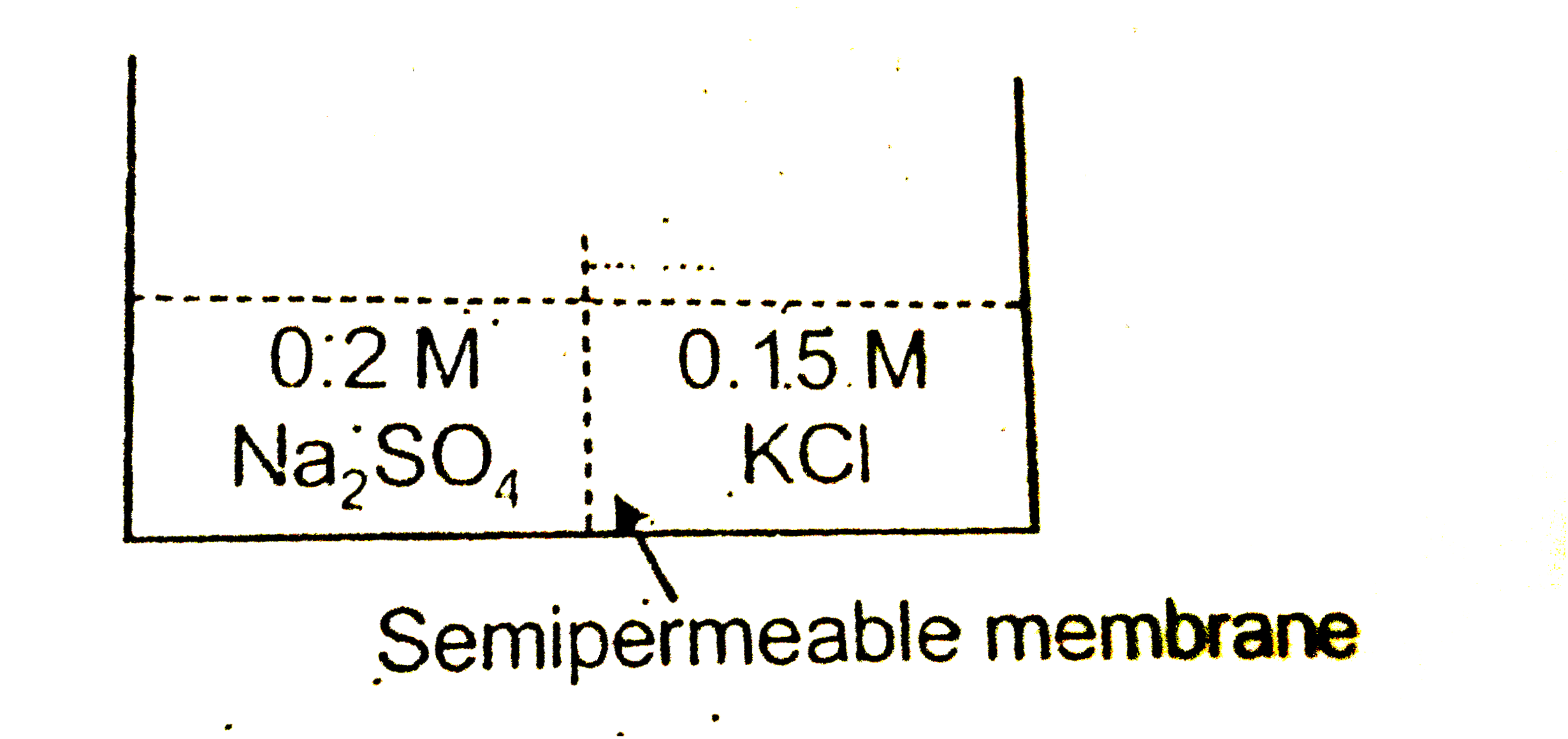Using dimensional analysis check the correctness of the equation T=2π√lg, where T is the period of the simple pendulum of length l and g is the acceleration due to gravity.
To check the correctness of the equation T=2π√lg using dimensional analysis, we will follow these steps:
Step 1: Identify the dimensions of the variables
- Period (T): The period T has the dimension of time, which is denoted as (T).
- Length (l): The length l has the dimension of length, denoted as (L).
- Acceleration due to gravity (g): The acceleration g has the dimension of length per time squared, which is denoted as (L)(T)−2.
Step 2: Write down the equation
The equation we want to analyze is:
T=2π√lg
Since 2π is a constant, we can ignore its dimensions in our analysis.
Step 3: Analyze the right-hand side (RHS)
We need to find the dimensions of the expression √lg:
lg=(L)(L)(T)−2=(L)(L)(T)−2=(T)2
Now, taking the square root:
√lg=√(T)2=(T)
Step 4: Compare the dimensions
Now we compare the dimensions of the left-hand side (LHS) and the right-hand side (RHS):
- LHS: (T)
- RHS: (T)
Since both sides have the same dimensions, we conclude that the equation is dimensionally consistent.
Conclusion
The equation T=2π√lg is dimensionally correct.
---
- Period (T): The period T has the dimension of time, which is denoted as (T).
- Length (l): The length l has the dimension of length, denoted as (L).
- Acceleration due to gravity (g): The acceleration g has the dimension of length per time squared, which is denoted as (L)(T)−2.
The equation we want to analyze is:
T=2π√lg
Since 2π is a constant, we can ignore its dimensions in our analysis.
We need to find the dimensions of the expression √lg:
lg=(L)(L)(T)−2=(L)(L)(T)−2=(T)2
Now, taking the square root:
√lg=√(T)2=(T)
Now we compare the dimensions of the left-hand side (LHS) and the right-hand side (RHS):
- LHS: (T)
- RHS: (T)
The equation T=2π√lg is dimensionally correct.
Topper's Solved these Questions
- BOOK - ICSECHAPTER - DIMENSIONSEXERCISE - SELECTED PROBLEMS (FROM FINDING THE DIMENSION OF A PHYSICAL QUANTITY)3videos
DIMENSIONS
- BOOK - ICSECHAPTER - DIMENSIONSEXERCISE - SELECTED PROBLEMS (FROM DERIVATION OF FORMULAE USING DIMENSIONS)5videos
DIMENSIONS
- BOOK - ICSECHAPTER - DIMENSIONSEXERCISE - VERY SHORT ANSWER QUESTIONS5videos
DIMENSIONS
- BOOK - ICSECHAPTER - COMPETITION CARE UNITEXERCISE - OBJECTIVE QUESTIONS FROM PREVIOUS IAS EXAMINATIONS50videos
COMPETITION CARE UNIT
- BOOK - ICSECHAPTER - DYNAMICSEXERCISE - SHORT ANSWER QUESTIONS WITH ANSWERS12videos
DYNAMICS
Similar Questions
State how does the time period of a simple pendulum depend on acceleration due to gravity.
View SolutionCalculate the time period of a simple pendulum of length one meter. The acceleration due to gravity at the place is π2ms−2.
View SolutionThe time period of a simple pendulum of length L as measured in an elevator descending with acceleration g / 3 is
View SolutionCheck the accuracy of the relation T=2π√Lg for a simple pendulum using dimensional analysis.
View SolutionThe period of oscillation of a simple pendulum is given by T=2π√Lg, where L is the length of the pendulum and g is the acceleration due to gravity. The length is measured using a meter scale which has 500 divisions. If the measured value L is 50 cm, the accuracy in the determination of g is 1.1% and the time taken for 100 oscillations is 100 seconds, what should be the possible error in measurement of the clock in one minute (in milliseconds) ?
View SolutionConsider the following arrangement and choose the correct options
 View Solution
View Solution(i) Show dimensionally that the equation of the time period of a simple pendulum of length l. Given relation T=2πl/g is incorrect.
(ii) Find its correct form.View SolutionCheck the accuracy of the relation T=√Lg for a simple pendulum using dimensional analysis.
View SolutionThe acceleration due to gravity on the surface of earth is 9.8ms−2.Time period of a simple pendulum on earth and moon are 3.5 second and 8.4 second respectively. Find the acceleration due to gravity on the moon .
Hint :Te=2π√LgeTm=2π√Lgm
T2eT2m=gmge
gm=T2eT2mgeView SolutionDerive an expression for the time period (T) of a simple pendulum which may depend upon the mass (m) of the bob, length (l) of the pendulum and acceleration due to gravity (g).
View Solution
